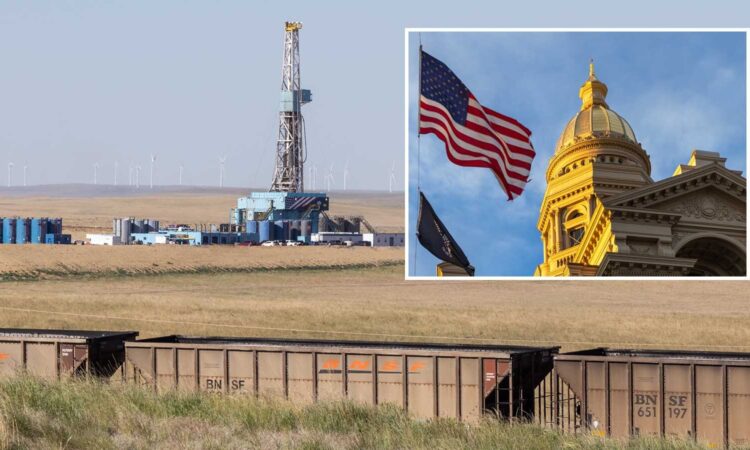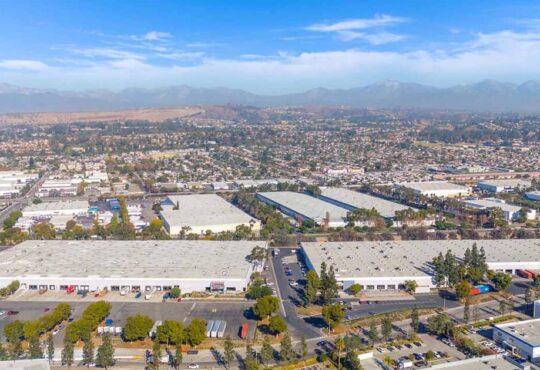
During the crunch Thursday of Wyoming’s various income sources, a new star stole the show for fiscal year 2025: record-high investment earnings.
Wyoming is a coal and energy state, traditionally.
Increasingly favorable regulations from the Trump administration drove slightly improved forecasts in coal, oil, natural gas, and trona as fiscal year 2025 closed, according to the Oct. 30 Consensus Revenue Estimating Group (CREG) report, which the group’s co-chairs presented Thursday in Cheyenne to the legislative Joint Appropriations Committee.
U.S. and Wyoming crop prices are low while beef prices are at an all-time high.
Wealthier families are feeding the state in part, while middle-class and lower-income families are showing instead the pressure of higher costs of living, housing, and health care, the report says.
The Star
Record-high realized investment earnings “dominated” fiscal year 2025, says the report.
Through investments, Wyoming generated $1.86 billion — or 6.2% on its $32 billion portfolio, CREG Co-Chair Don Richards told the committee.
Severance taxes and federal mineral royalties collectively, in comparison, yielded $1.2 billion.
That means investment earnings outstripped both severance taxes and federal mineral royalties combined by more than 25%, Richards said.
The report calls out investment gains from specific accounts: the Permanent Wyoming Mineral Trust Fund (PWMTF) and the Common School Account within the Permanent Land Fund (CSPLF).
The former generated $803.8 million in the recent fiscal year, $309.6 million more than the prior record-setting year of 2015, while the latter generated $421.5 million.
“Let me put this in a little bit more perspective,” said Richards. “This was the first year ever that investments earnings on the (Permanent Wyoming Mineral Trust Fund) exceeded sales and use taxes deposited into the general fund.”
The general fund is Wyoming’s main bank account, which gets leveled to zero each year.
Investment income amounts sent $169.6 million into the state’s general fund – which outpaced the January forecast by $40.2 million or 31%, the report says.
“I can’t overemphasize the amount of money that was generated from the savings of the state from this,” said Richards. “I’m not advocating or endorsing any of those policies, but I would acknowledge the prior action of the Legislature in terms of their investment policy; the savings in those funds; the increases to money management; the authorization to invest in alternatives — increasing the reserve amounts.”
Those things combined contribute to “outsized gains.”
But, Richards warned, short-term investment rates “we know, just of yesterday,” are declining — and so, too, will yields from those.
Investments are inherently volatile, but Wyoming also has larger amounts invested at lower yields to round out the pool, he said.
“The outsized performance of investment earnings may not be repeated,” the report says.
The Plunge
Wyoming oil prices are down $5-$10 per barrel year-over-year, depending on the day.
Oil outlooks, the report says, are “uncertain” due to Russia and its Organization of the Petroleum Exporting Countries (OPEC) allies flooding oil into the market and driving prices down.
Wyoming’s revenue forecasters are less optimistic about future oil prices now than they were in January.
The price drop affects severance taxes, federal mineral royalties, and ad valorem taxes, which are all state royalties.
“It flows through almost every account within the state of Wyoming” and is a theme throughout the revenue report.
Sales and use taxes are also declining for the first time in about five years, he said.
Retail, lodging and accommodation-associated revenues are “buoying” that category, where wholesale trade “think windmills” shows lags, he said.
The World Wants Gas
But Wyoming gas prices are increasing as the world demands its product.
The state has a “wet” liquid natural gas supply that’s in demand. Artificial intelligence and other advanced computing is driving the market’s energy needs, Richards said.
Still, he said, the state should hope for cold weather to keep that product in demand.
Forecasters are less optimistic about revenues from coal in light of a severance tax reduction Wyoming applied this year to the industry.
The industry is seeing a 10%-12% increase in production which is due in part to the tax cut, and also to increased demands for electricity, the Trump administration’s friendlier regulatory atmosphere, and the competitiveness of coal prices, Richards said.
The tax cut would need a similar production increase to fully offset it, revenue-wise.
Though the coal projections are higher now than they were in January, the CREG still estimates a continuing, albeit more gradual, long-term drop in that industry.
What You Put On That Ballot
Property tax exemptions also drive the outlook, but in some areas the January report was bleaker than the October report on property tax revenue estimates because at that point, forecasters weren’t sure if the Legislature would opt for its 50% reduction instead of the 25% property tax cut that passed, Richards noted.
Still, he added, the 2026 ballot initiative to reduce property taxes by 50% is in addition to the 25% cut the Legislature already passed, not in place of it.
That would drive property tax revenues down even more notably than the current scheme.
Clair McFarland can be reached at clair@cowboystatedaily.com.






